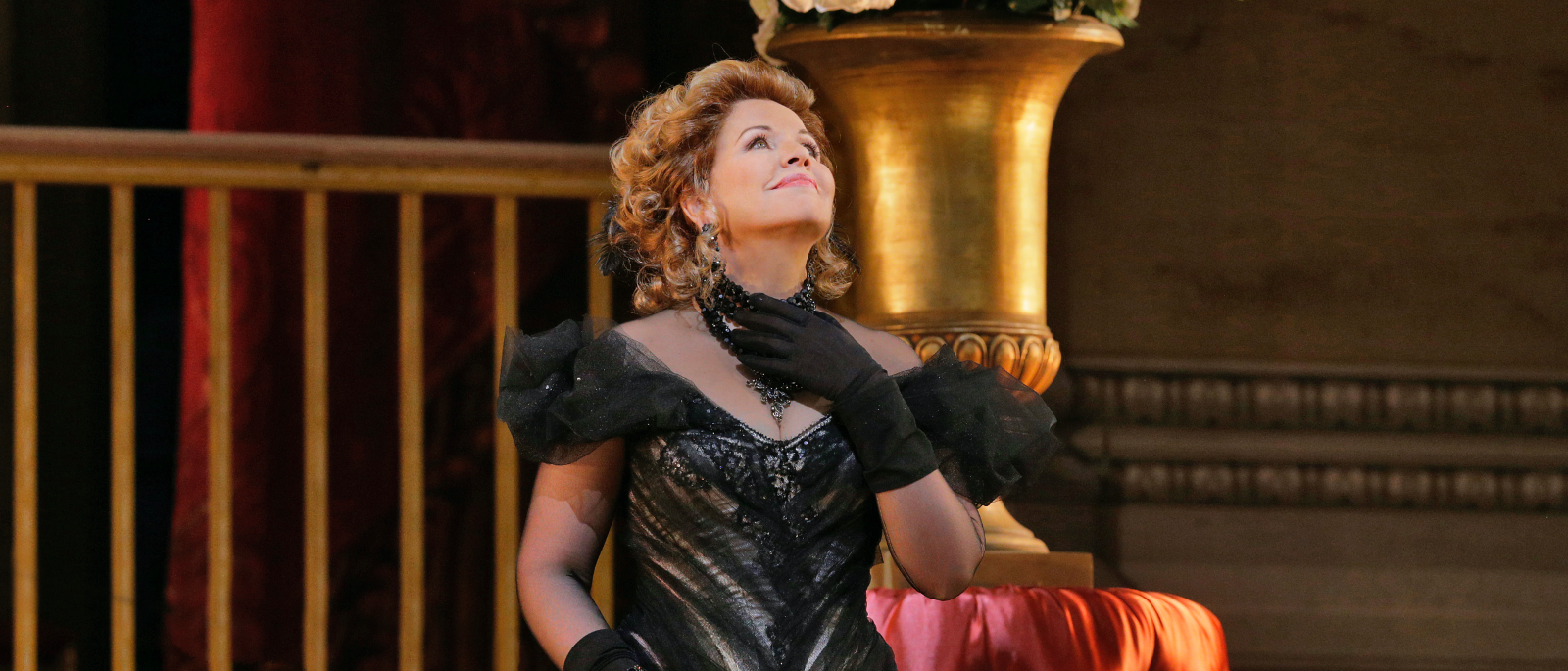
The Wicked Waltz
Today, the waltz seems likes a formal, dignified dance, but when it first swept Europe in the late 18th century, it was considered shocking and risqué. In the court dances that preceded it (such as the minuet, the polonaise, and the quadrille), dance partners kept a healthy distance from one another and moved at a stately pace. Not so with the waltz, which whirled by at a dizzying speed, dancers tightly clasped in one another’s arms. Little wonder, then, that many a straitlaced aristocrat was scandalized by this newfangled dance form.
In 1774, the German poet Johann Wolfgang von Goethe published a description of a waltz that embodied both the romance and perceived sensuality of the form. In the novel The Sorrows of Young Werther, Goethe’s titular hero describes his ecstasy at waltzing with a woman with whom he is falling in love: “I’de never felt so light of foot. I was no longer human. [I had] the loveliest of creatures in my arms, and [I flew] with her like a wild wind until everything around us disappeared.” Yet Werther quickly becomes possessive of this feeling. “I swore to myself that I’d never let a young woman with whom I was in love … waltz with another man,” he boldly declares, suggesting that the dancers’ proximity was, in some minds at least, a form of profound physical intimacy.
Another source of disdain came from the waltz’s probable heritage. Likely descended from heavy peasant dances, the waltz seemed clumsy and rough when compared to the delicate figurations of courtly dance. No matter how light on his feet Goethe’s hero may have felt, other writers focused on the waltz’s weightiness. In the poem “Don Ramiro,” the poet Heinrich Heine describes a floor that “groans and shakes” under “the wild circles of the waltz.” And the English poet Lord Byron nimbly characterized contemporary perceptions of the dance when, in a satirical poem, he trenchantly declared that among dance forms the waltz alone was “liberal of feet, and lavish of hands.”
Despite—or perhaps because of—the waltz’s reputation, the dance quickly became a sensation. Yet the disapproval the dance form encountered in society’s upper echelons may have had greater cause than its supposedly salacious dance steps. Relatively easy to learn and master, the dance form was especially popular among Europe’s rising middle class. The rise of public dance and concert halls catering to the bourgeoisie meant that musical-social events once available only to the continent’s richest citizens could now be enjoyed by a wide portion of the population. As young dancers eagerly embraced the waltz (and one another), they also embraced a new social structure, one defined by relative equality and public displays of artistic appreciation and taste.